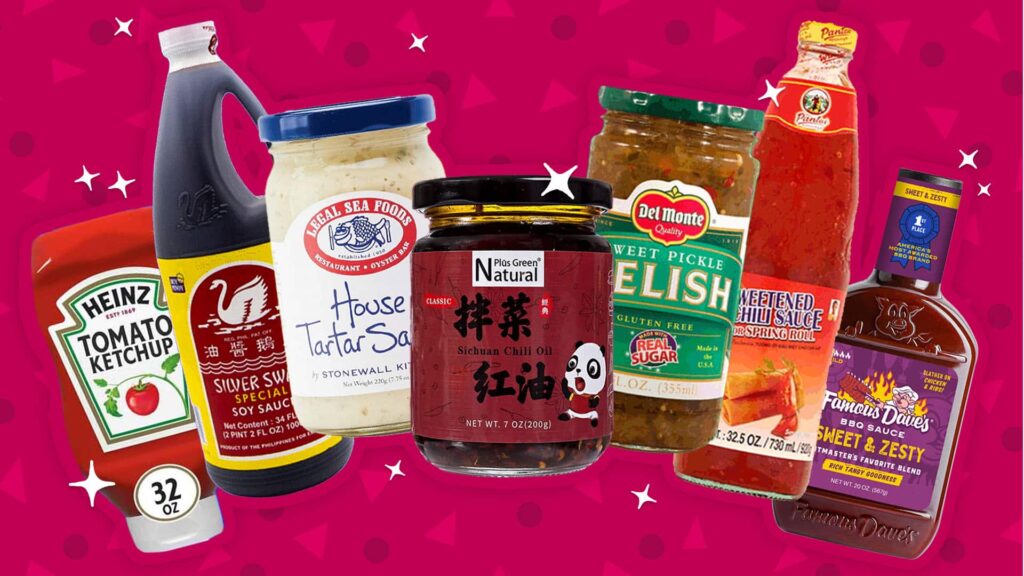
BERITA
Soybean Acid Hydrolyzed Vegetable Protein Seasoning Liquid in Sauces and Seasonings
2025-01-03
Soybean acid hydrolyzed vegetable protein seasoning liquid (SAHVP) is a popular ingredient in the food industry, primarily used in sauces and seasonings due to its rich umami flavor, versatility, and cost-effectiveness. This liquid seasoning is derived from the hydrolysis of vegetable proteins, typically soybeans, using acid treatment. The resulting product is a highly flavorful, concentrated liquid that enhances the taste of a wide variety of dishes. In this article, we will explore the various applications of SAHVP in the production of sauces and seasonings, focusing on its flavor profile, functional properties, benefits, and challenges.
1. Flavor Enhancement in Sauces and Seasonings
One of the primary reasons for incorporating SAHVP in sauces and seasonings is its ability to enhance and intensify the umami flavor. Umami, often referred to as the "fifth taste," is characterized by a savory or meaty taste that elevates the overall flavor profile of food. This seasoning liquid contributes to a deeper, richer flavor experience, which is highly desirable in savory dishes such as soups, broths, marinades, and condiments.
Table 1: Comparison of Flavor Profiles in Various Seasoning Ingredients
| Ingredient | Primary Flavor Type | Key Usage Areas |
|---|---|---|
| Soybean Acid Hydrolyzed Protein | Umami, Savory | Soy sauce, broths, gravies, dips, marinades |
| MSG (Monosodium Glutamate) | Umami, Savory | Sauces, snacks, processed foods |
| Yeast Extract | Umami, Salty, Savory | Soups, spreads, savory snacks |
| Fish Sauce | Umami, Salty | Thai, Vietnamese, and Southeast Asian cuisine |
SAHVP can be found in a wide variety of applications in the food industry. It is often used as a key ingredient in soy sauces, salad dressings, marinades, and a variety of savory seasonings due to its rich flavor and natural enhancement of other taste elements. Additionally, it serves as a replacement for more expensive and sometimes allergenic ingredients like anchovy paste or fish sauce.
2. Functional Properties in Food Processing
In addition to its flavor-enhancing properties, SAHVP provides a number of functional benefits in food processing. The hydrolysis process breaks down the proteins into smaller peptides and amino acids, making them more soluble in water. This increases the overall stability and shelf life of sauces and seasonings. Furthermore, SAHVP is highly water-soluble, which ensures that it dissolves easily and uniformly in liquids, making it ideal for use in both liquid and semi-liquid products.
Table 2: Functional Properties of SAHVP in Sauces
| Property | Effect on Sauce/Seasoning |
|---|---|
| Kelarutan | Ensures uniform dispersion in liquids |
| Shelf Life | Enhances product stability |
| Viscosity | Improves consistency in sauces |
| pH Level | Maintains product acidity balance |
These functional properties make SAHVP an essential ingredient in the production of products that require smooth consistency and stable shelf life, such as soy sauces and marinades. Its ability to dissolve well in various liquid bases, including both water and oil, further enhances its versatility.
3. Cost Efficiency and Sustainability
Soybean acid hydrolyzed vegetable protein seasoning liquid is a cost-effective option for food manufacturers. The hydrolysis process is relatively simple and economical, and soybeans are a widely available and renewable resource. Using SAHVP in seasoning blends or sauces can reduce reliance on more expensive, resource-intensive ingredients such as animal-derived products or imported flavorings.
Furthermore, the use of soybeans, a plant-based protein, aligns with sustainability goals in the food industry. The increased demand for plant-based products and plant-based proteins makes SAHVP an attractive choice for companies looking to meet consumer preferences for sustainable and vegan options.
4. Health and Nutritional Aspects
SAHVP is a low-calorie, plant-based ingredient that can be part of a health-conscious diet. It contains protein-derived peptides that can have potential health benefits, such as supporting the immune system and providing a source of essential amino acids. Because it is derived from soybeans, SAHVP is naturally gluten-free, which makes it a valuable ingredient in the growing gluten-free food sector.
However, one aspect to consider is that the acid hydrolysis process can result in the formation of certain compounds, such as free glutamates, which some individuals may be sensitive to. While SAHVP is considered safe by food safety authorities, it is important for manufacturers to monitor levels of free glutamate and other compounds to ensure the product is suitable for a broad range of consumers.
5. Applications in Different Types of Sauces
SAHVP can be used in a variety of sauces, including traditional soy sauces, dipping sauces, barbecue sauces, and salad dressings. Below are some specific examples of its applications in different types of sauces:
-
Soy Sauce: As one of the most common uses, SAHVP is often a key component in the formulation of soy sauce, providing depth and richness to the flavor. It acts as a flavor enhancer and helps balance the saltiness of the product.
-
Marinades and Dips: In marinades, SAHVP contributes a savory, meaty flavor that penetrates the food, particularly in meat or tofu-based dishes. It also works well in various dips, such as teriyaki or hoisin-based dips.
-
Barbecue Sauces: For barbecue sauces, SAHVP adds complexity to the flavor profile, balancing the sweetness of the sugar and the tanginess of the vinegar with its rich umami notes.
-
Salad Dressings: In salad dressings, especially those with an Asian flavor profile, SAHVP helps to bring all the ingredients together with a savory background.
Table 3: Popular Sauces and Their Key Flavor Enhancers
| Sauce Type | Key Ingredients | Role of SAHVP |
|---|---|---|
| Soy Sauce | Soybeans, wheat, salt | Provides umami, deepens flavor |
| Teriyaki Sauce | Soy sauce, sugar, ginger, garlic | Enhances savory and sweet notes |
| Barbecue Sauce | Tomato, vinegar, sugar, spices | Adds depth, balances tanginess |
| Salad Dressings | Oil, vinegar, herbs, mustard | Adds umami and richness |
6. Challenges and Considerations
Despite its many advantages, the use of SAHVP in sauces and seasonings does come with certain challenges. The hydrolysis process, while effective for enhancing flavor, may lead to the formation of byproducts such as free glutamates and other amino acids that can cause sensitivities in some individuals. Therefore, it is essential for manufacturers to carefully monitor these levels to ensure safety and consumer satisfaction.
Additionally, while SAHVP is a sustainable and cost-effective ingredient, its production does require careful management of the hydrolysis process to maintain consistent quality and flavor. Variability in soybean quality and the acid hydrolysis conditions can affect the final product's taste and functionality, requiring stringent quality control measures.
Bumbu cair protein nabati terhidrolisis asam kedelai is a versatile and effective ingredient in the production of sauces and seasonings. Its ability to enhance umami flavor, improve product stability, and provide cost-effective solutions makes it a popular choice for food manufacturers. From soy sauces and marinades to barbecue sauces and salad dressings, SAHVP plays a crucial role in delivering rich, savory flavors to a wide range of food products. As consumer demand for plant-based, gluten-free, and sustainable ingredients continues to rise, SAHVP will likely see increased adoption in the global food industry.
By understanding its benefits, applications, and potential challenges, food manufacturers can make informed decisions about incorporating this ingredient into their products, helping them meet evolving consumer preferences for flavor, health, and sustainability.


